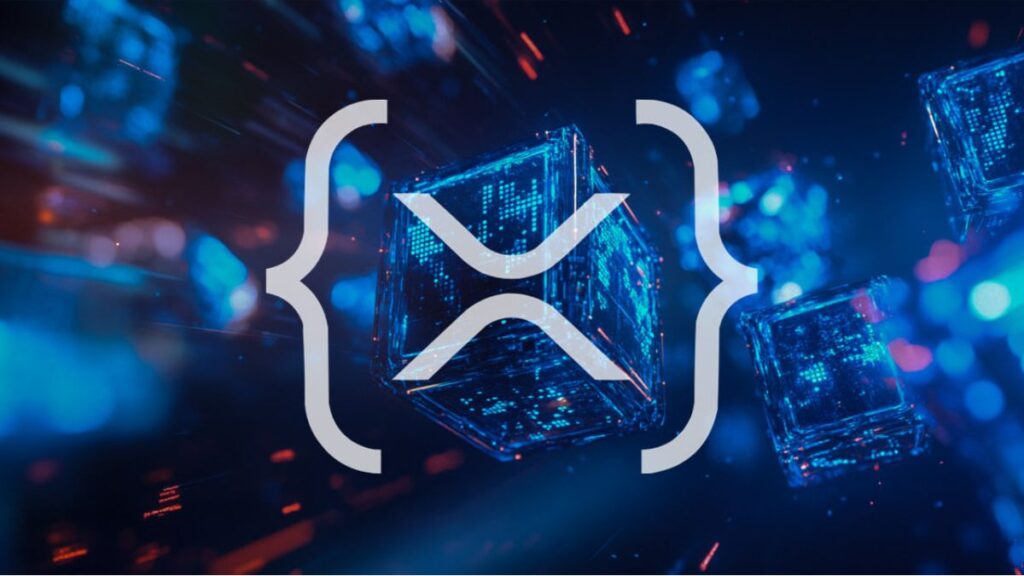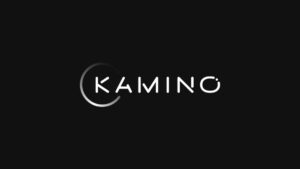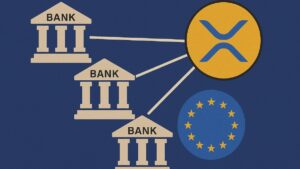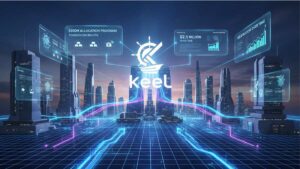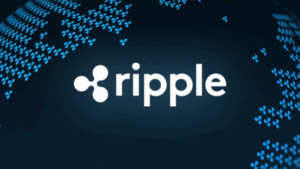TL;DR
- The XRP Ledger closed Q3 with a record 364.2 million dollars in tokenized real-world assets, driven by a 215% quarter-over-quarter expansion.
- Large issuers such as Ondo, Guggenheim, and Ctrl Alt boosted institutional interest, strengthening XRPL’s position in regulated tokenization.
- The network’s fast settlement, built-in financial functions, and enterprise-ready architecture continue to attract real-world asset platforms exploring efficient on-chain models.
The XRP Ledger finished the third quarter of 2025 with strong momentum in asset tokenization, as capital flowed into new on-chain financial products. Messari’s State of XRP Ledger report highlighted that XRPL reached an unprecedented 364.2 million dollars in tokenized real-world assets in Q3, representing notable growth that strengthens its relevance across the asset digitization space. Several market participants view this performance as a sign of increasing confidence in XRPL’s technology for secure, transparent, and compliant settlement of financial instruments.
Many of the inflows stemmed from products launched recently, including Ondo’s OUSG exposure to U.S. Treasurys, Guggenheim’s Digital Commercial Paper, and Ctrl Alt’s tokenized real estate. These offerings attracted more traditional finance actors to XRPL, valuing its predictable fees, rapid processing, and integrated functions that avoid technical complexity.
Rising Institutional Adoption
Beyond the capital increase, institutional activity on XRPL has expanded in terms of product variety and transaction volume. Financial institutions have been exploring ways to onboard structured credit, short-term debt, and alternative yield products to the ledger. This broader mix of instruments provides greater diversification for asset managers and improves the credibility of on-chain markets among professional investors. Several custodians, compliance service providers, and fintech platforms are also integrating XRPL rails for token issuance and lifecycle management.

Strengthening XRPL’s Technology Advantage
XRPL continues to stand out due to features embedded directly into the protocol, including native asset issuance, a decentralized exchange, automated liquidity tools, escrow, and reliable payment capabilities. This architecture supports programmability while maintaining simplicity, making it suitable for regulated financial applications. Its Central Limit Order Book and newly enhanced AMM mechanisms facilitate competitive pricing, efficient execution, and cross-asset composability.
Looking ahead, market analysts expect more real-world integrations in 2026 as tokenization gains traction among asset managers, banks, and payment providers. XRPL’s consistent performance, long-term resilience, and expanding ecosystem consolidate its role as a preferred environment for institutions seeking to bridge traditional finance with on-chain liquidity, while also creating opportunities for smaller fintech startups to participate in the growing tokenized economy.


